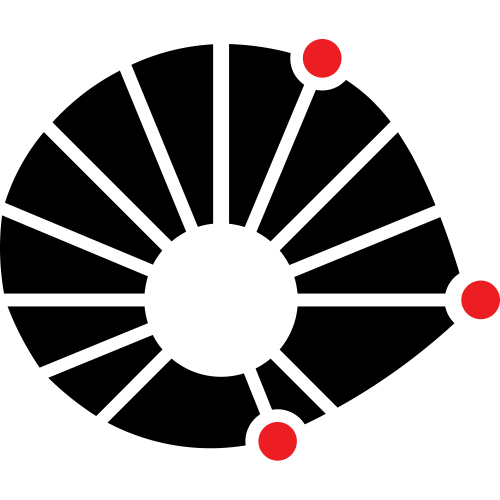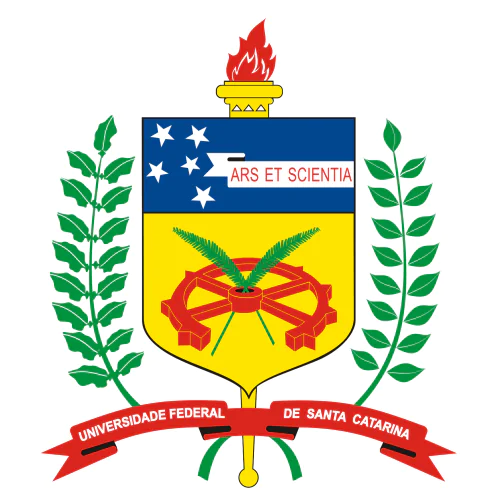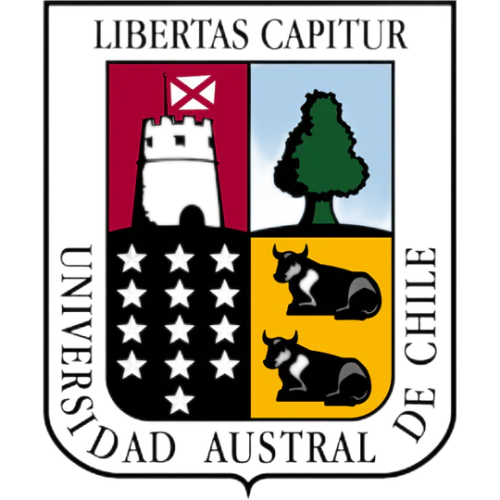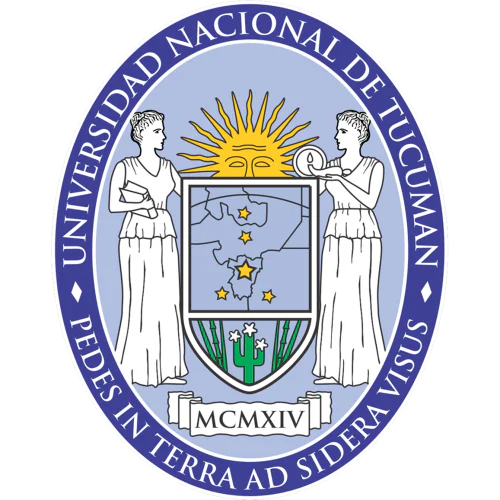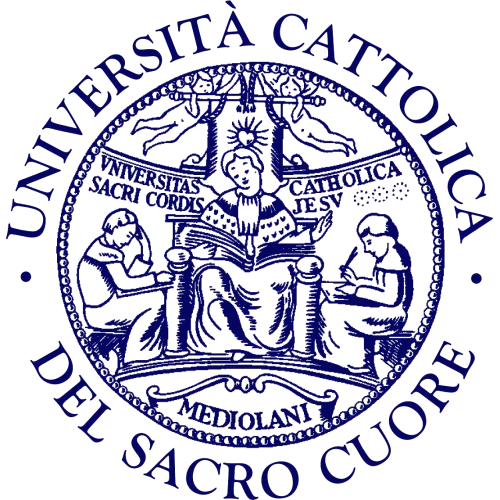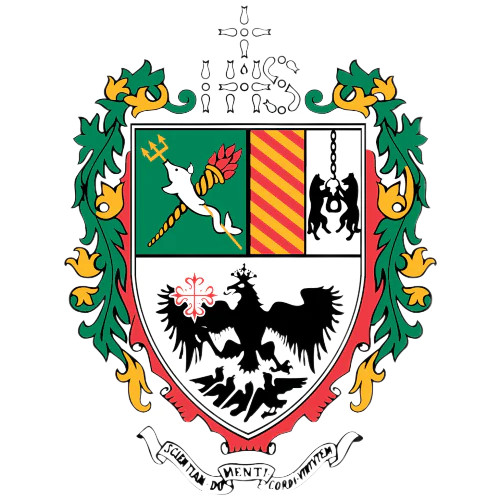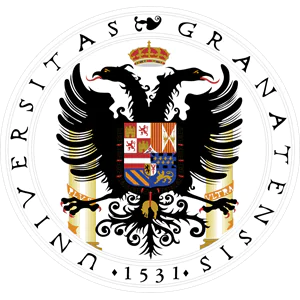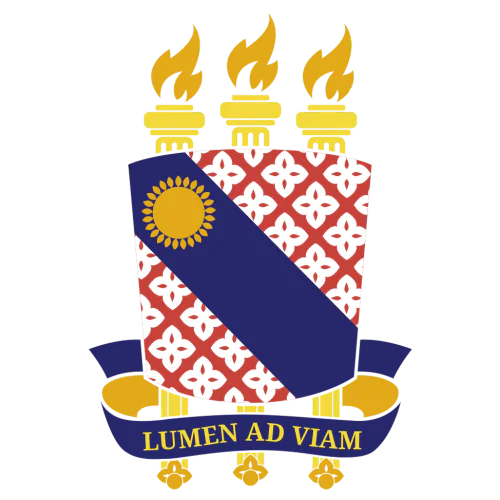Are you a researcher?
Create a profile to get free access to personal recommendations for colleagues and new articles.
SCImago
Q4
SJR
0.163
CiteScore
0.3
Categories
Psychology (miscellaneous)
Areas
Psychology
Years of issue
2006-2025
journal names
Psicologia USP
Top-3 citing journals
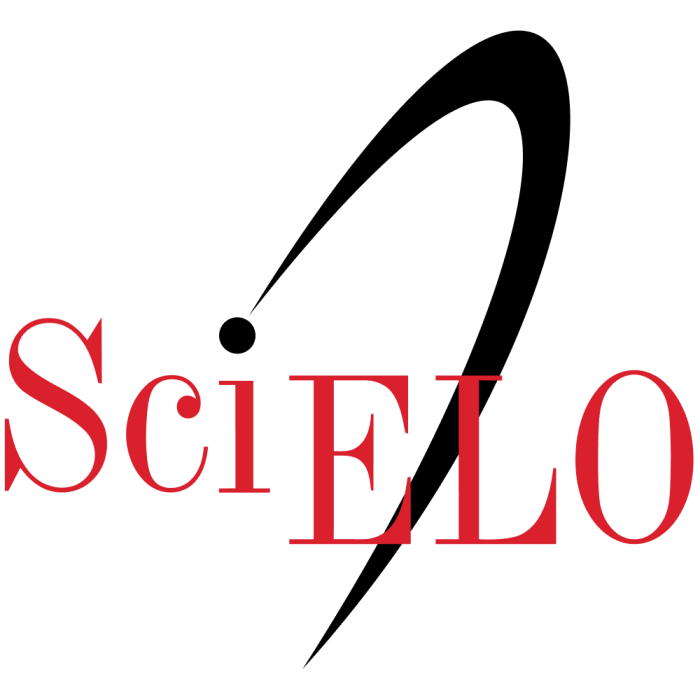
Psicologia Ciência e Profissão
(148 citations)
Psicologia USP
(136 citations)
Psicologia: Teoria e Pesquisa
(76 citations)
Top-3 organizations

University of São Paulo
(290 publications)

Federal University of Rio Grande do Sul
(53 publications)

Pontificia Universidade Catolica de Sao Paulo
(37 publications)

University of São Paulo
(44 publications)

Federal University of Rio Grande do Sul
(21 publications)

Universidade Estadual Paulista
(8 publications)
Top-2 researchers by articles count
1 publication in journal

Andrade Costa José Fernando
PhD in Psychology, professor
14 publications,
6 citations,
5 reviews
h-index: 2
1 publication in journal

De Rafael
33 publications,
8 citations
h-index: 1
Most cited in 5 years
Found
Nothing found, try to update filter.
Found
Nothing found, try to update filter.
Top-100
Citing journals
Citing publishers
Publishing organizations
Publishing organizations in 5 years
Publishing countries
|
100
200
300
400
500
600
700
800
|
|
|
Brazil
|
Brazil, 755, 66.4%
Brazil
755 publications, 66.4%
|
|
Portugal
|
Portugal, 20, 1.76%
Portugal
20 publications, 1.76%
|
|
France
|
France, 17, 1.5%
France
17 publications, 1.5%
|
|
Argentina
|
Argentina, 16, 1.41%
Argentina
16 publications, 1.41%
|
|
USA
|
USA, 12, 1.06%
USA
12 publications, 1.06%
|
|
Chile
|
Chile, 11, 0.97%
Chile
11 publications, 0.97%
|
|
Colombia
|
Colombia, 9, 0.79%
Colombia
9 publications, 0.79%
|
|
Italy
|
Italy, 4, 0.35%
Italy
4 publications, 0.35%
|
|
United Kingdom
|
United Kingdom, 3, 0.26%
United Kingdom
3 publications, 0.26%
|
|
Spain
|
Spain, 3, 0.26%
Spain
3 publications, 0.26%
|
|
Australia
|
Australia, 2, 0.18%
Australia
2 publications, 0.18%
|
|
Venezuela
|
Venezuela, 2, 0.18%
Venezuela
2 publications, 0.18%
|
|
El Salvador
|
El Salvador, 2, 0.18%
El Salvador
2 publications, 0.18%
|
|
Uruguay
|
Uruguay, 2, 0.18%
Uruguay
2 publications, 0.18%
|
|
Germany
|
Germany, 1, 0.09%
Germany
1 publication, 0.09%
|
|
Belgium
|
Belgium, 1, 0.09%
Belgium
1 publication, 0.09%
|
|
Denmark
|
Denmark, 1, 0.09%
Denmark
1 publication, 0.09%
|
|
Israel
|
Israel, 1, 0.09%
Israel
1 publication, 0.09%
|
|
Canada
|
Canada, 1, 0.09%
Canada
1 publication, 0.09%
|
|
Mexico
|
Mexico, 1, 0.09%
Mexico
1 publication, 0.09%
|
|
Poland
|
Poland, 1, 0.09%
Poland
1 publication, 0.09%
|
|
Thailand
|
Thailand, 1, 0.09%
Thailand
1 publication, 0.09%
|
|
Finland
|
Finland, 1, 0.09%
Finland
1 publication, 0.09%
|
|
South Africa
|
South Africa, 1, 0.09%
South Africa
1 publication, 0.09%
|
|
100
200
300
400
500
600
700
800
|
Publishing countries in 5 years
|
20
40
60
80
100
120
140
160
|
|
|
Brazil
|
Brazil, 159, 73.95%
Brazil
159 publications, 73.95%
|
|
Chile
|
Chile, 4, 1.86%
Chile
4 publications, 1.86%
|
|
Colombia
|
Colombia, 3, 1.4%
Colombia
3 publications, 1.4%
|
|
USA
|
USA, 2, 0.93%
USA
2 publications, 0.93%
|
|
Argentina
|
Argentina, 2, 0.93%
Argentina
2 publications, 0.93%
|
|
Portugal
|
Portugal, 1, 0.47%
Portugal
1 publication, 0.47%
|
|
Spain
|
Spain, 1, 0.47%
Spain
1 publication, 0.47%
|
|
Thailand
|
Thailand, 1, 0.47%
Thailand
1 publication, 0.47%
|
|
Uruguay
|
Uruguay, 1, 0.47%
Uruguay
1 publication, 0.47%
|
|
20
40
60
80
100
120
140
160
|
1 publication in journal

De Rafael
33 publications,
8 citations
h-index: 1



















































